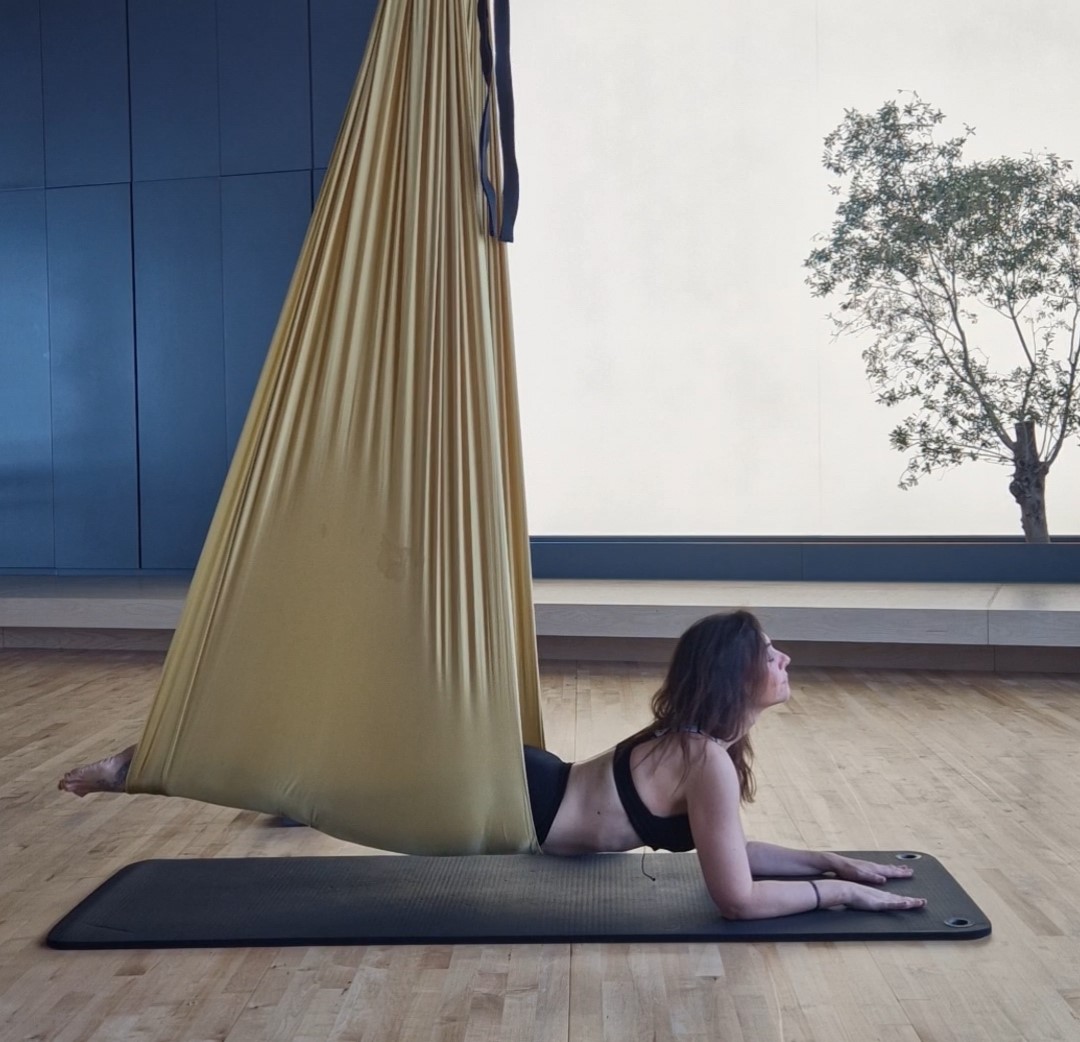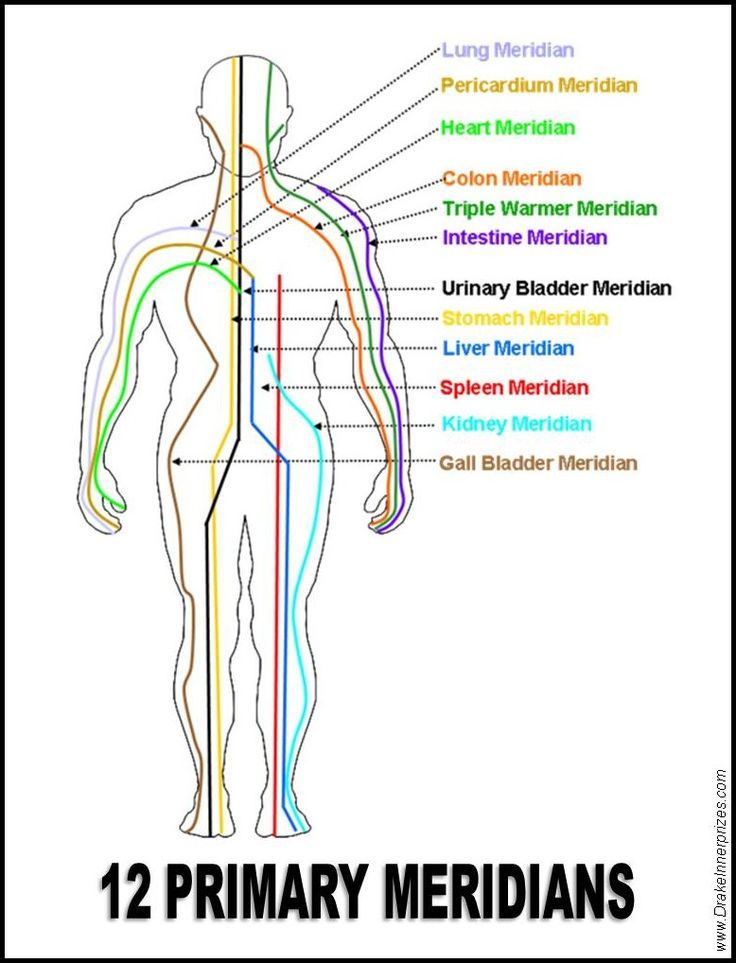Select Language
AERIAL YIN YOGA
What is yin yoga? Yin Yoga is a slow-paced style of yoga like exercise, incorporating the principles of Traditional Chinese Medicine, with asanas performed for longer periods of time than other styles.
Yin Yoga is a practice considered mainly modern, with roots both in the sacred texts of India and in Taoist Yoga, its concepts of Yin and Yang and Chinese medicine. Most of its asanas are from Hatha Yoga, but unlike this, the guide to perform them is more the feeling that the practitioner has than the shape or alignment of the body.
During Yin Yoga the muscles should be relaxed and the postures are held for 3 to 5 minutes initially. The attitude of the practitioner is delicate, trying to keep the body still and using a slow movement when moving it.
great benefits: here are the main benefits it allows the vital energy (prana) of the body to move freely through the meridians (energy channels called nadis in Ayurveda) and revitalize the organs, considerably pacify the mind and work on the tissue structure connective (fascia), tendons and ligaments.
1. Provides stability to the joints. Providing greater circulation of synovial fluid to them.
2. Improve your flexibility considerably. It is a practice that allows your muscles to be deeply stretched.
3. Unblocks, calms and balances you emotionally, AND deeply relaxes the nervous system.
4. It is a suitable practice for almost any physical condition and age. It is very restorative to recover after an illness or intervention (always guided by a qualified instructor).
5. Revitalize and increase your energy
6. Improve your self-esteem, connect you with your true self (soul or atman) and increase your confidence in yourself and who you are.
7. It allows you to cultivate gratitude towards your body and By spending more time in the postures it allows you to listen and tune in to your inner workings.
8. Helps you meditate after practice. By cultivating inner listening, your energy will more easily adapt to meditation.
In aerial hammock yin, we have merged the practice of yin yoga with hammock, giving it support and emphasizing the posture, aerial yin yoga is a more passive technique than aerial hammock yoga, where it will take you to a much deeper stretch. Joints and spine receive completely new freedom of movement. The cross-links (hardening in the fascia tissue) dissolve and allow the fascia to increase hydration. This newly stimulated flow of energy releases even deep tensions and energy blocks in the muscles and connective tissue. The internal organs are gently massaged. The nervous system slides into deep, restorative relaxation.
AERIAL YIN PIGEON POSE

AERIAL YIN DRAGON POSE

AERIAL YIN YOGA ,,, THE MOST PASSIVE TISSUE STRETCHT

SADDLE INTO THE HAMMOCK EARTH
LET GO , is the hardest asana, when you let go all the resitences in your body your energy flows :-) open your chest and breath!!!

SEAL , FOCUS AND FIRE MERIDIAN
yin, a lot benefits in our body
Energises the Adrenal glands.
Restores natural curvature in the lumbar spine and promotes connective tissue regeneration in the sacral area.
Stimulates the Urinary Bladder meridian through mild compression of the lower back. Stimulates the thyroid gland if the head is leaning backwards.
Aerial yin yoga teacher training: more than 100 poses , included the variations in yin yoga using the hammock to let go all the resistance in our body, using our body as a pressure to our specific points in meridians.
ntroduction to Meridian Theory and Yin Yoga
We take a look at the 12 main meridians according to the Daoist Meridian Theory, what happens when they’re out of balance, and how you can implement them in your yoga practice for emotional wellbeing:
What are meridian points in yin yoga?

The 12 major meridians are composed of 5 Yin meridians: Heart, Spleen, Lungs, Kidneys, Liver; 5 Yang meridians: Small intestines, Stomach, Large intestine, Urinary bladder, Gallbladder; the Pericardium meridian, and the San Jiao meridian.
CLICK HERE FOR MORE INFORMATION FOR THIS COURSE : http://www.aerialhammockyoga.com/online-courses/
HERE YOU CAN SEE OUR AERIAL YIN TEACHER TRAINING APPLY NOW IN THIS LINK

